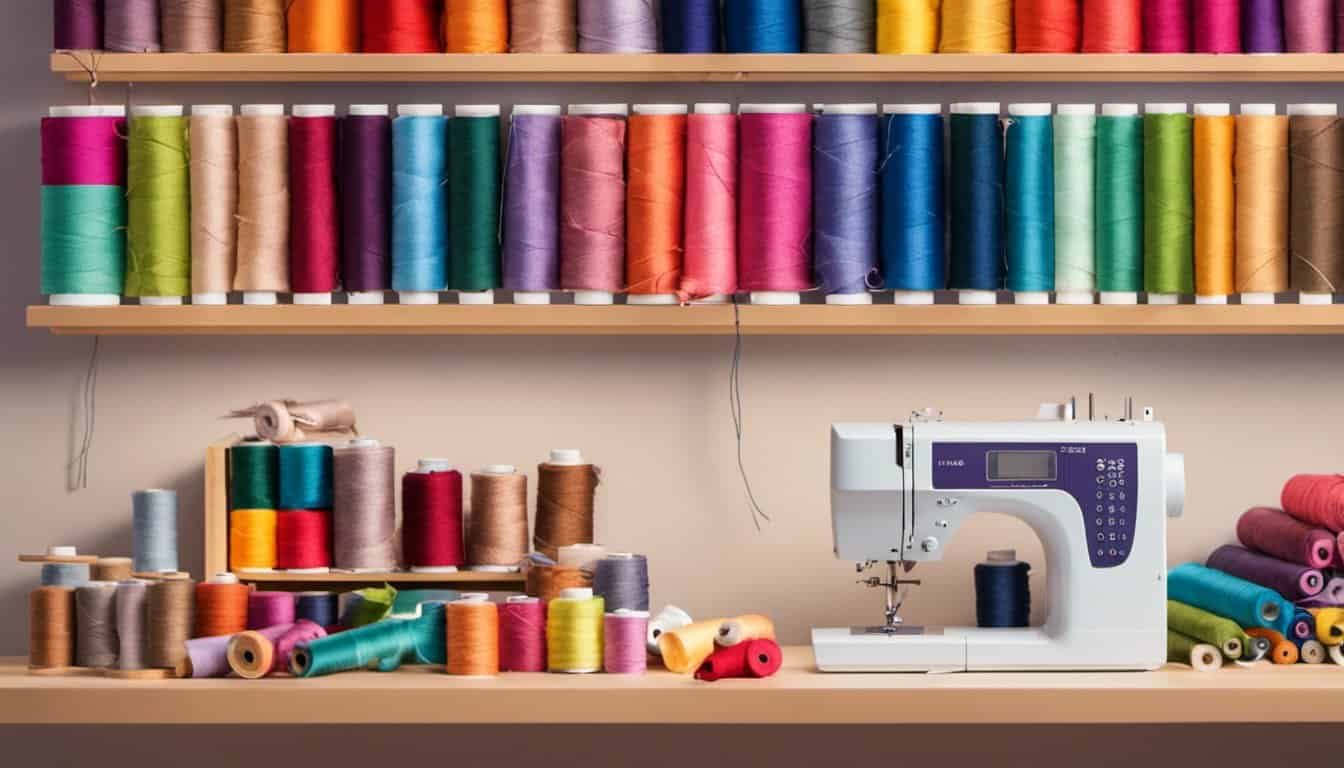There’s something magical about puppet theaters. They spark creativity and bring stories to life in a way that captivates both kids and adults. I’ve always loved the idea of creating my own fabric puppet theater, where imagination can run wild and characters can leap off the stage.
Materials Needed
Creating a fabric puppet theater requires various materials to ensure it’s both functional and visually appealing. Below, I outline the essential components needed for this creative project.
Choosing the Right Fabric
Selecting the right fabric sets the tone for the puppet theater. Opt for vibrant colors and patterns, as they stimulate imagination and attract attention. Cotton blends, felt, or canvas work well due to their durability and ease of handling. For a whimsical touch, consider fabrics with prints of characters or landscapes. Choose at least three different fabrics for variety and texture, enhancing the theatrical experience.
Tools and Supplies
Gathering the right tools and supplies makes the construction process smoother. Here’s a list of what’s needed:
- Sewing machine: Essential for faster assembly, though hand-sewing works too.
- Scissors: Sharp fabric scissors for clean cuts.
- Measuring tape: For accurate dimensions when cutting pieces.
- Pins: To hold fabric in place while sewing.
- Thread: Coordinate thread colors with the selected fabrics.
- Hot glue gun: Useful for quick fixes or attaching embellishments.
- Wooden dowels or curtain rods: For supporting the theater’s frame.
- Fabric glue: Handy for no-sew options or securing edges.
Make sure to have these tools readily available before starting the construction. Each component contributes significantly to the overall creation process.
Designing Your Puppet Theater
Designing your puppet theater involves careful planning and creativity. Thoughtful consideration of dimensions and layout creates an inviting space for performances.
Planning the Dimensions
Measuring accurately makes all the difference in your puppet theater’s design. Aim for a height of at least 4 to 6 feet to allow comfortable visibility for both puppeteers and audiences. Depth should be around 2 to 3 feet, providing ample space for puppets to interact without crowding. Width typically ranges from 4 to 6 feet, ensuring enough room for multiple puppets and the puppeteer’s movements. Adjust these dimensions based on your performance area and audience size.
| Dimension | Recommended Size |
|---|---|
| Height | 4 to 6 feet |
| Depth | 2 to 3 feet |
| Width | 4 to 6 feet |
Sketching the Layout
Sketching the layout helps visualize the puppet theater design. Begin by creating a simple outline of the theater’s structure. Include designated areas for the stage, backdrop, and any side openings for puppet access. Consider adding seating arrangements for the audience, if applicable. Include storage compartments within the design for props and puppets. Use different colors or patterns in your sketch to represent various fabric sections, aiding in the selection of materials later on. Engaging in this stage fosters imagination and ensures every detail enhances the overall experience.
Constructing the Frame
Creating the frame for your fabric puppet theater involves a few simple steps that ensure stability and functionality. A well-constructed frame forms the backbone of the puppet theater, providing sturdy support for the fabric and overall design.
Assembling the Structure
I recommend starting with wooden dowels or curtain rods as the primary materials for the frame. Choose dowels with a diameter of at least 1 inch for adequate strength. For the assembly, I cut two dowels to the desired width of the stage, typically around 4 to 6 feet. Next, I cut two additional dowels for the height, usually 4 to 6 feet.
After preparing the dowels, I connect them with smaller connecting pieces, like L-brackets or corner braces. Position the height dowels vertically and attach the width dowels horizontally at the top. Secure each connection with screws, ensuring everything remains stable. For convenience, I usually place two more horizontal dowels at the bottom for added support and structure.
Securing the Fabric
Securing the fabric gives your puppet theater a polished look and makes it functional. I suggest using fabric glue or a hot glue gun to attach the fabric to the frame. Start by measuring the fabric, allowing for extra length on each side to create a clean finish. Cut the fabric to size, incorporating at least three different colors or patterns for visual appeal.
Once the fabric is cut, I fold over the edges and secure them with fabric glue. This process prevents fraying and gives the edges a neat appearance. For the stage front, I drape the fabric over the frame, aligning it centered and even. I secure it using fabric glue along the top and additional glue on the sides, ensuring a tight fit.
To create a backdrop, I use a separate piece of fabric that matches the stage front. I attach it securely to the back dowels with fabric glue, allowing it to hang straight down for an immersive experience.

With the structure assembled and the fabric securely in place, my puppet theater is ready for the excitement of creativity and performances.
Adding Details
Adding details transforms a basic fabric puppet theater into a captivating performance space. Every element contributes to the magic, enhancing creativity and engagement.
Decorating the Stage
Decorating the stage provides personality and depth to your puppet theater. I recommend using colorful bunting or garlands made from strips of fabric. These can hang across the top of the stage, adding visual interest. Consider applying fabric paint to create whimsical designs or scenes on the backdrop. Using washable markers can help personalize the puppets’ surroundings before performances.
Incorporate stage props like miniature furniture or painted cardboard cutouts to enhance storytelling. I often use velcro to attach these elements, allowing for easy changes between scenes. Additionally, ensuring proper lighting can elevate the entire experience; fairy lights or a small clip-on lamp can illuminate the stage beautifully.
Creating Puppet Storage
Creating effective puppet storage keeps everything organized and accessible during performances. I use a combination of fabric pouches and labeled bins to store puppets and props. Using vibrant fabrics creates a unified theme while making storage appealing.
« Unlock the Secrets: How to Sew with Terry Cloth for Towels Like a Pro
7 Reasons Why Working with Chambray Will Change Your Fashion Game Forever »
I recommend sewing small pockets into the theater’s side panels for easy access to puppets. This setup reduces clutter and keeps the stage area neat. Additionally, incorporating a rolling cart or a decorative basket for larger puppets makes mobility simple when transitioning from practice to performance.
Make sure to categorize puppets based on size or character type, enhancing organization and ensuring that the right puppet is always at hand for the show.
Tips for Puppet Performance
Creating a memorable puppet performance elevates the experience for both the puppeteer and the audience. Focusing on specific techniques and puppet choices fosters better engagement and storytelling.
Engaging Your Audience
Engaging the audience captivates attention. Experiment with your voice by using different tones and pitches for each character. Use clear enunciation to enhance dialogue clarity. Maintain eye contact with the audience, which makes the performance more personal and connected. Involve the audience by asking them questions or encouraging participation in call-and-response segments. Keep the pacing lively to maintain enthusiasm, and incorporate playful expressions and gestures to draw them deeper into the story.
Choosing the Right Puppets
Choosing puppets significantly impacts storytelling. Select puppets that align with the characters and themes portrayed. Consider fabric, size, and movement capabilities. Soft puppets offer warmth and accessibility for younger viewers, while marionettes provide intricate movements that can mesmerize older audiences. Incorporate a mix of puppet types to diversify performances. Ensure that puppets are comfortable to handle for extended periods, allowing you to focus on the narrative rather than on discomfort. With the right puppets, performances become more dynamic, enhancing audience enjoyment and immersion.

Conclusion
Building a fabric puppet theater is such a rewarding project that sparks creativity and brings stories to life. I can’t wait for you to dive into this fun adventure and create a magical space for performances. Remember to let your imagination guide you as you choose fabrics and design your theater.
Every detail you add will make your puppet shows even more special. From the lighting to the props it all contributes to a captivating experience. I hope you enjoy every moment of crafting and performing as much as I do. Happy puppeteering!

















